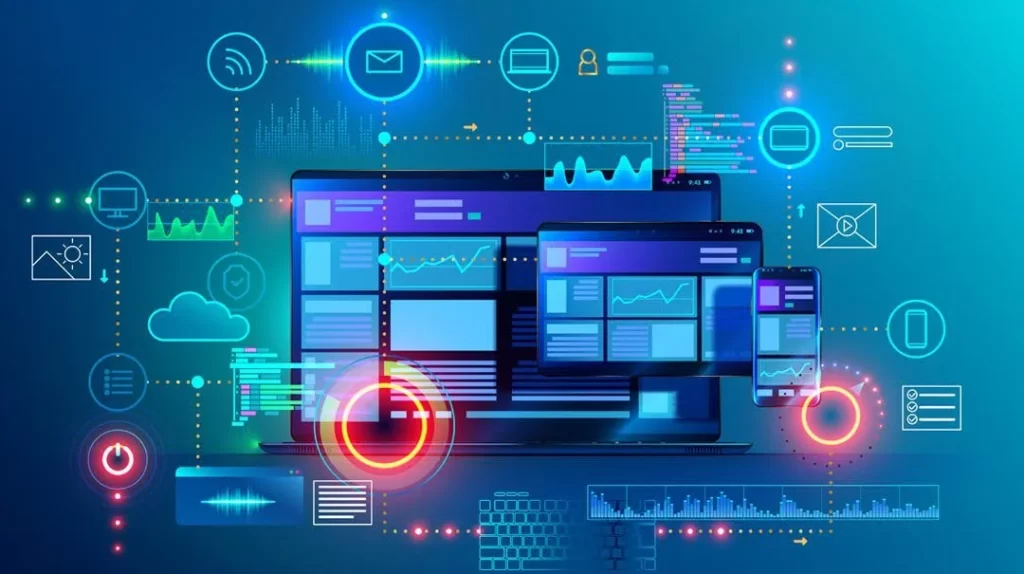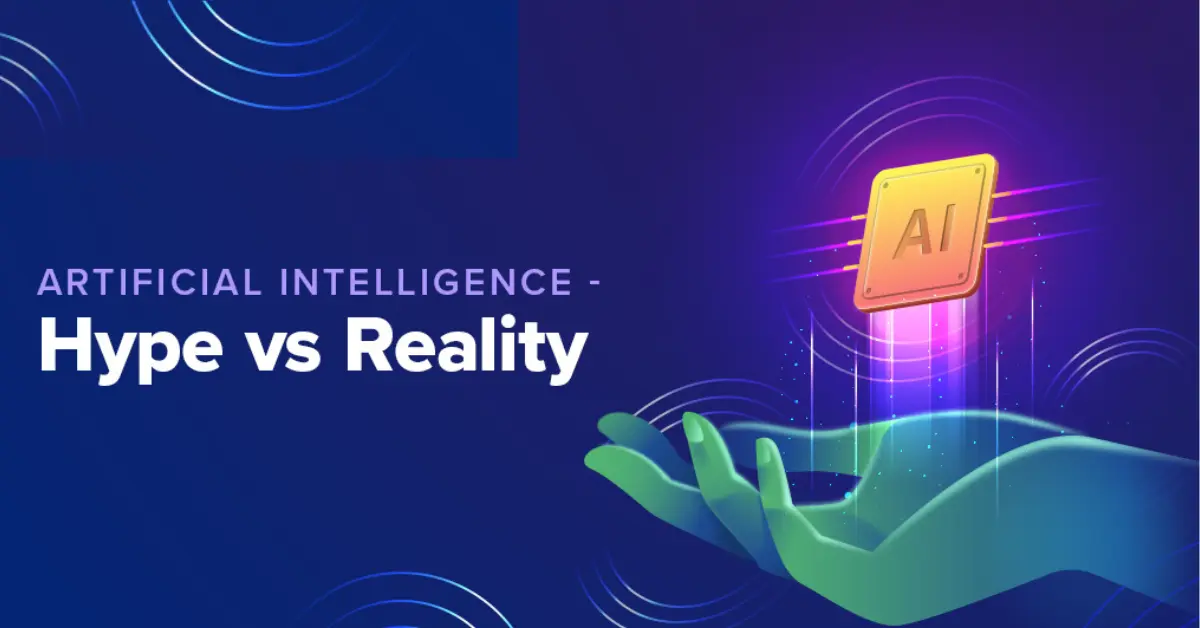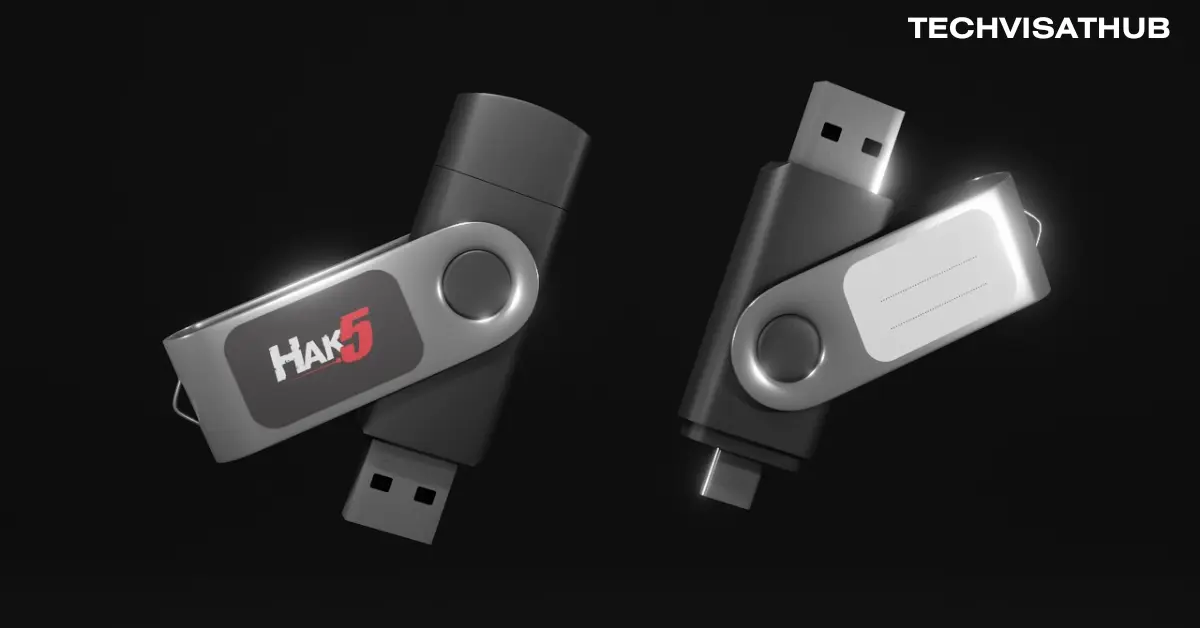The past five years have seen an explosive rise in the development of Large Language Models (LLMs), chatbots, and machine learning (ML) software, sparking both excitement and skepticism. While these technologies promise industrial growth, much of what’s been branded as “AI” is actually a rebranding of existing statistical tools. True artificial general intelligence (AGI) is likely a decade away.
However, amidst the noise, there are real opportunities for the maritime industry. By embracing this technological acceleration with the right focus, the sector could experience significant advancements.
1. What Is AI, and Can It Deliver in Maritime?
The maritime sector has been a late adopter of AI and ML, entering the field at a time when many basic algorithms are being falsely marketed as sophisticated AI systems. These systems often overpromise but underdeliver, capitalizing on the excitement surrounding technological disruption.
True AI, which can manage complex multi-tasking operations autonomously, is still far from reality in maritime. Instead, progress today relies heavily on powerful GPUs that enable faster data processing and complex simulations. This technology supports automation, predictive analytics, and data-driven decision-making, offering practical solutions that improve safety, operational efficiency, and navigation. Chatbots, for example, can assist in decision-making, but they are far from the fully autonomous systems often advertised.

2. Realistic Changes on the Horizon
As vessel operators move towards digitalization and automation in 2024, several trends stand out. Rising fuel costs and day rates are driving the adoption of digital systems that optimize fuel efficiency. Regulatory pressures, particularly around decarbonization, will continue to influence maritime operations. The EU ETS and IMO regulations are pushing for stricter emissions controls, encouraging operators to implement advanced telemetry and ERP systems.
Interestingly, older vessels with level 4 data infrastructure might be better suited for the use of generative AI than newer ships with level 3 infrastructure. This illustrates the importance of data management and readiness over the latest operational technologies.
(For more on level 4 data infrastructure, read this article on smart shipping here :https://perfomax.io/ships-4-0-the-future-of-smart-shipping/ )).
3. Key Market Trends to Watch
AI and ML technologies are transforming key maritime operations, including navigation, port logistics, and energy management, while also improving safety and regulatory compliance. There’s a growing focus on cybersecurity and market analysis powered by these innovations.
However, not all that glitters is gold. Every month, new chatbots and “disruptive” AI solutions flood the market, many of which are short-lived, aiming to capitalize on the sector’s slow technological adoption. The generative AI landscape is evolving faster than maritime technologies, which means that maritime leaders need a long-term vision to stay competitive. Investments should be carefully considered, with a focus on reliability and sustainable growth, rather than chasing short-lived trends.
4. Staying Ahead Without Falling for the Hype
To avoid misinformation and ensure transparency, operators can turn to real-time sensor data monitoring. This eliminates ambiguity around fuel consumption and operational data, often inaccurately recorded in noon logs. Combining sensor data with statistical models and digital twins can provide predictive insights into vessel performance.
Digital twins, which simulate vessel behavior under various conditions, offer a forward-looking approach to operational management. The future could see a shift to text-based digital twins, where operators with no technical expertise can build their own models for decision-making.
5. Preparing for the Future
The AI hype in maritime often comes with exaggerated claims, unclear returns on investment, and opaque algorithms. To differentiate genuine solutions, operators should focus on technologies with proven effectiveness, transparent processes, and seamless integration with existing systems.
By strategically adopting automation and digitalization, companies can streamline operations, cut costs, and stay compliant with regulatory changes. However, it’s crucial to prioritize partnerships with companies offering reliable, transparent solutions, rather than following every AI trend without a clear, measurable benefit.




Leave a Reply